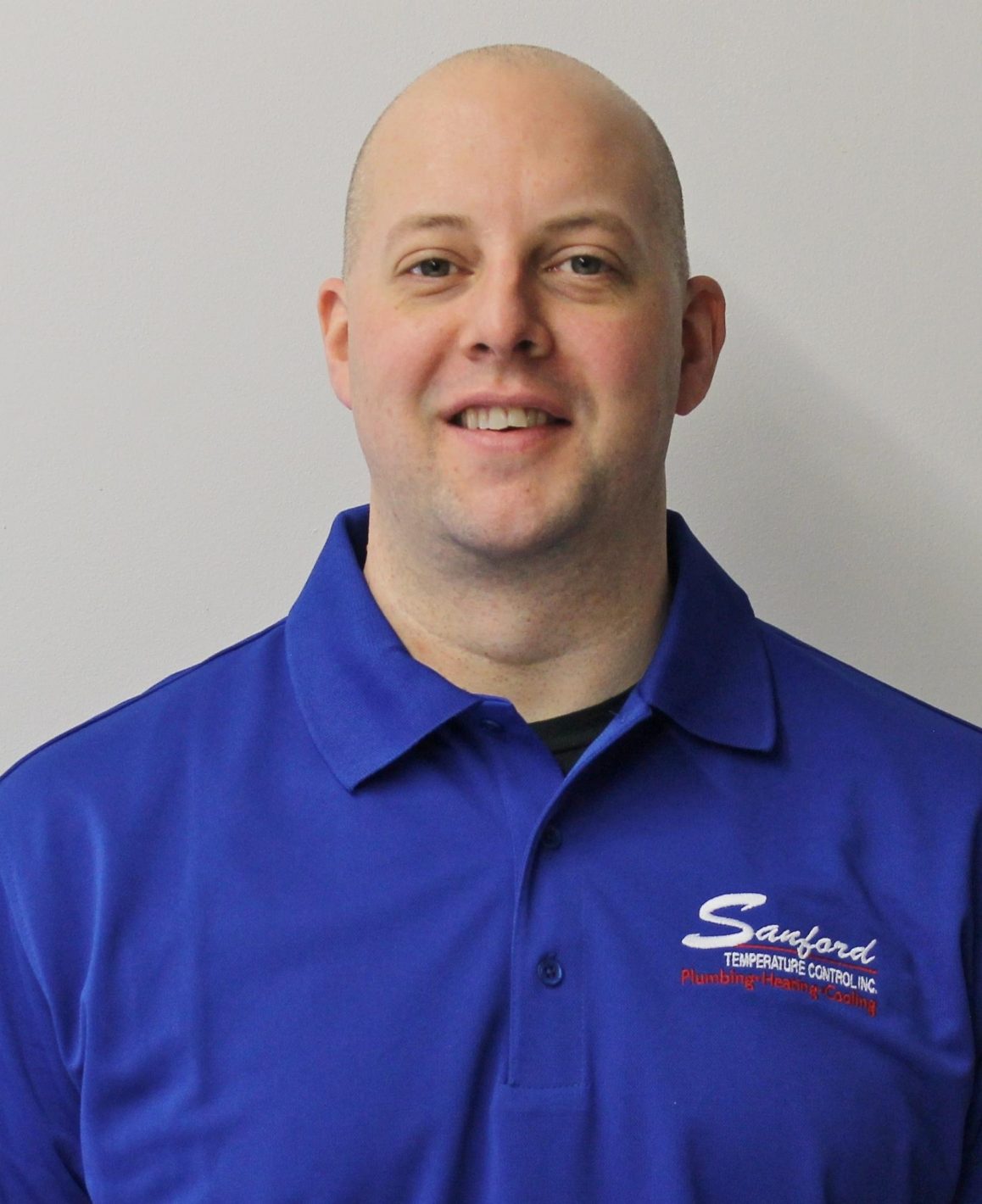My Furnace Has Been Condemned?
Home >

No one likes hearing that their furnace has been condemned due to safety and health concerns, and that it has to be replaced. Getting this news is stressful and inconvenient, to say the least, but unfortunately it does happen. There’s a very good reason why state law makes condemning a furnace an HVAC company’s responsibility. The biggest threat is Carbon Monoxide (CO) poisoning, which can cause illness and even death.
What is Carbon Monoxide (CO)?
Carbon Monoxide (CO), known as the “Silent Killer” is a deadly, colorless, odorless, poisonous gas. It is produced by the incomplete burning of various fuels, including coal, wood, charcoal, oil, kerosene, propane, and natural gas. The burning of any fuel has the potential to produce carbon monoxide.
What is a Heat Exchanger?
A cracked heat exchanger is one of the most common reasons why a furnace has to be condemned. Heat exchangers used in home heating systems separate the poisonous gases (CO) created during the combustion process from your indoor breathing air. They house Carbon Monoxide before venting it, usually through a chimney or a pipe … but a cracked heat exchanger can expel deadly gases into your home.
“Every year 600 Americans die due to accidental acute Carbon Monoxide poisoning. Over 20,000 are made ill and treated.” ~Centers for Disease Control
How Did My Heat Exchanger Get Cracked?
Like all technologies, heat exchangers eventually fail. The normal process of expansion and contraction as a heat exchanger heats up and cools down weakens it over time, and eventually causes cracks in the metal. Once the heat exchanger is cracked, it is compromised and will leak harmful gases into your indoor breathing air. Overheating is often the culprit in systems that break down prematurely. Restricted air flow from poor or infrequent maintenance, an aging system, or even something as simple as a dirty air filter can restrict airflow and result in an overheated heat exchanger. Heat exchangers should be visually inspected annually. Light or water passing through a breach is a positive confirmation of a hole or crack. Sanford can also use a tool called a combustion analyzer to determine if CO is leaking into your home, and confirm a technician’s analysis.
What Are My Options Now?
If a heat exchanger is compromised, homeowners have two options: replace the heat exchanger or replace the furnace. Heat exchangers are located at the center of the furnace, which means technicians must disassemble most of the furnace in order to troubleshoot or replace them. When all the work required is factored in, a heat exchanger replacement can sometimes cost more than a new higher efficiency furnace! Therefore, you may want to consider your options, because energy efficiency and the cost of installation can sometimes make replacing a heating system the better way to go. Also, if a system is out of warranty then you may want to consider replacing it with a new system that will run more efficiently at a fraction of the operational cost as well. If your heat exchanger is still under warranty, then you’re probably in luck, provided the part is available in the timeframe it’s needed in.
Symptoms of Carbon Monoxide Poisoning
Symptoms of low to moderate CO poisoning are similar to the flu (but without the fever):
- Headache
- Fatigue
- Shortness of breath
- Nausea
- Dizziness
- *Per the US Consumer Product Safety Commission High level CO poisoning results in progressively more severe symptoms, including:
- Mental confusion
- Vomiting
- Loss of muscular coordination
- Loss of consciousness
- Ultimately death
*Per the US Consumer Product Safety Commission
Other Possible Sources of Carbon Monoxide
Attached garages: Carbon monoxide gets trapped inside once the garage doors are shut, and then leaks into living spaces through the many imperfections inherent in houses (entry doors, framework, gaps and cracks in drywall, wiring & plumbing penetrations, leaky ductwork, etc.).
Gas Ovens and Ranges: These appliances are “seldom vented to the outside. Therefore, the potential for elevated carbon monoxide levels in the house air is very likely if the appliance is producing” carbon monoxide, according to the US Consumer Product Safety Commission.
Unvented Heaters and Fireplaces: Kerosene or gas space heaters, or malfunctioning wood stoves or fireplaces can leak and set off carbon monoxide alarms (hopefully you have several).
Other sources: Lawn mowers, chain saws, forklifts, generators, pool heaters, BBQ grills, trash incinerators, tobacco smoking, and propane-powered refrigerators in hunting/fishing camps.
If your furnace has been condemned, then you really need to do something about it, and quickly. DO NOT turn it back on after it’s been “red tagged”–this is simply a red tag that designates a furnace as unsafe to operate–because your system will leak harmful gasses into your home. Instead, call Sanford Temperature Control!

Adrian W.
Marketing Manager
CONTACT US TODAY



As Seen & Heard On







Reach Out to Our Team for More Details
Feel free to call Sanford Temperature Control or fill out the online form for more information. You may also get in touch with our team to schedule an appointment. We look forward to hearing from you.

